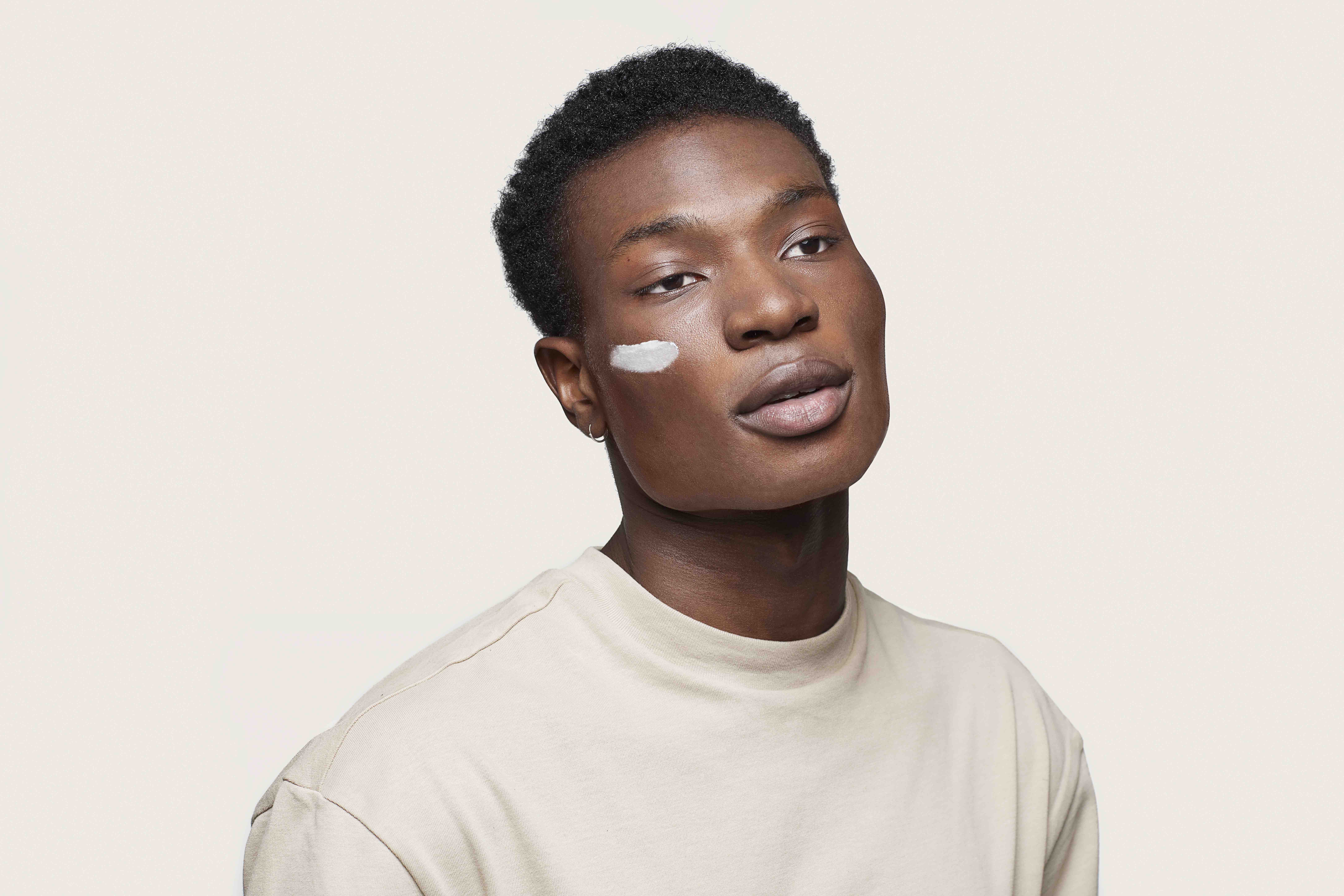
Why Exposome Is The Next Skincare Buzzword To Pay Attention To
In the skincare industry, the microbiome is having a moment, but, according to Barbara Paldus, founder of Codex Beauty, everyone will be talking about the exposome next. “It’s the buzzword of the future,” she says. It’s also what inspired Codex Beauty’s new line Antü Collection.
The line’s initial six products are being rolled out incrementally. Brightening Moisturizer and Brightening Night Cream are available to shop now. Radiance Mist and Brightening Serum will drop later this month. In June, Refreshing Gel Cleaner and Brightening Eye Cream will enter the mix. Products are priced from $40 to $95.
Codex Beauty is aiming for $2 million in first-year sales for Antü Collection. “We’re right on that path,” says Paldus. “So, we’re very excited.” She’s particularly excited about the products’ formulas designed to shield the skin from a multitude of factors that make up the exposome. “The exposome is everything you’re exposed to over the course of your life,” explains Paldus. “It can be pollution; it can be UV…Throw in hormonal changes, lifestyle factors, stress, smoking, alcohol, all the bad habits kind of contribute [to] premature aging.”

Currently, Paldus notes there’s a dearth of innovative technology to address the array of threats to the skin. “This is why we developed this,” she says of the Antü Collection. “Because that exposome, all of that totality of all these different factors, now it’s all adding up. The idea was, we make it simple. You put this on, then you put on your SPF, and you’re done.”
Antü Collection’s Brightening Moisturizer is billed as a “protection cream” that helps hydrate, minimize the appearance of pores and firm the skin. It features Codex Beauty’s trademarked and patent-pending anti-inflammatory Antücomplex. Paldus details it’s “based on three Patagonian plants that have traditionally been used by the Mapuche for herbal medicine. We did a whole bunch of analysis on skin cells to see kind of what genetic impact [the plants] have, and we found that they have amazing anti-oxidative capability.” That’s not the only impact the testing revealed. “It actually turns out that the day cream is a barrier cream for the exposome,” says Paldus.
“The exposome is everything you’re exposed to over the course of your life.”
Codex Beauty strove for the cream to deliver the complex through the skin barrier, while simultaneously warding off the effects of pollution on the skin’s exterior. “The only way you can do that is by creating a physical barrier,” says Paldus. “And it turns out that the oil components of the cream actually stay at the surface of your skin, and it’s really cool because there’s additional antioxidants there that neutralize [free radicals] like the nitric oxide and the sulfur dioxides from the air.” She continues, “When we did testing with tiny little particles, we found that 92% of the particles washed off. So, they basically stay at the surface. They never come in contact with your skin and, then, in the evening, when you wash your face, they’re all gone.”
The extensive clinical testing on the day cream explored its ability to treat exposure to ultraviolet, too. During the testing, one group wasn’t exposed to UV radiation and another group was exposed to a calibrated lamp. Once the skin is exposed to UV radiation, Paldus says the exposure can lessen the concentration of four biochemical markers—squalene peroxide, superoxide dismutase, catalase and glutathione peroxidase—that guard against oxidative damage.

“What we wanted to see was how much of that can we prevent if the cream was put on before [exposure to UV] or how much of it can we cure by reducing the reduction” of the four biochemical markers, says Paldus. “That’s where we got really cool results. For the squalene peroxide, the catalase and the glutathione peroxidase, we were able to reduce that decrease by 50% to 64%. That’s very, very significant…You want to wear your SPF, but the beauty is that this day cream helps you recover basically twice as fast.” Paldus emphasizes, “That was from real people, real skin samples, real biochemical analysis of these enzymes. So, that told us, OK, this thing is working.”
In terms of previously existing protection, Paldus says, “Products with SPF of address the UV exposure part, but they don’t address the chemical and pollution exposure part.” She points out that Elizabeth Arden’s Prevage City Smart Hydrating Shield, which launched in 2016, functions well as a barrier to pollution. “That’s the only one so far that I’ve found on the market that’s truly geared toward pollution,” says Paldus. “But the thing is that the barrier cream stops the pollution, the SPF helps with the UV exposure, but what if your skin now is exposed to mechanical stress from wearing a mask? How is it going to recover? Neither of those products actually has the dual action of providing antioxidants to heal the skin and neutralizing [free radicals] on the surface.”
“We make it simple. You put this on, then you put on your SPF, and you’re done.”
Many brands haven’t gone down Codex Beauty’s path because it’s costly to conduct clinical testing and develop novel technology. “By the time you’re done, you’re talking close to a million bucks,” estimates Paldus. She argues the money is worth it, though. Paldus says, “It’s a real proof that the scientific methodology can show us how products work, and how they’re effective, and we can quantify it. That sets a standard for other companies, and that’s why we put out this efficacy panel.”
Codex Beauty’s efficacy panels on the back of its packaging enumerate the outcomes of its testing on skin parameters such as hydration and texture. “Since no one publishes their data…how can consumers make educated choices? They’re going by flowery claims on the back of the product,” says Paldus. “And what does that really do? So, that’s why we want to put these efficacy panels on.” Codex plans to share data beyond its boxes. It’s going to be posting exposome information on its website and videos on social media to illustrate how its formulas fortify the skin barrier.

Paldus argues it’s important that people understand the science of skincare. “We need to start taking a 360-degree approach to skin health, and this is the beginning,” she says. “This is a demonstration, even if it’s a very expensive demonstration, of what biotech can bring to beauty and what real science can bring to beauty.”





Leave a Reply
You must be logged in to post a comment.